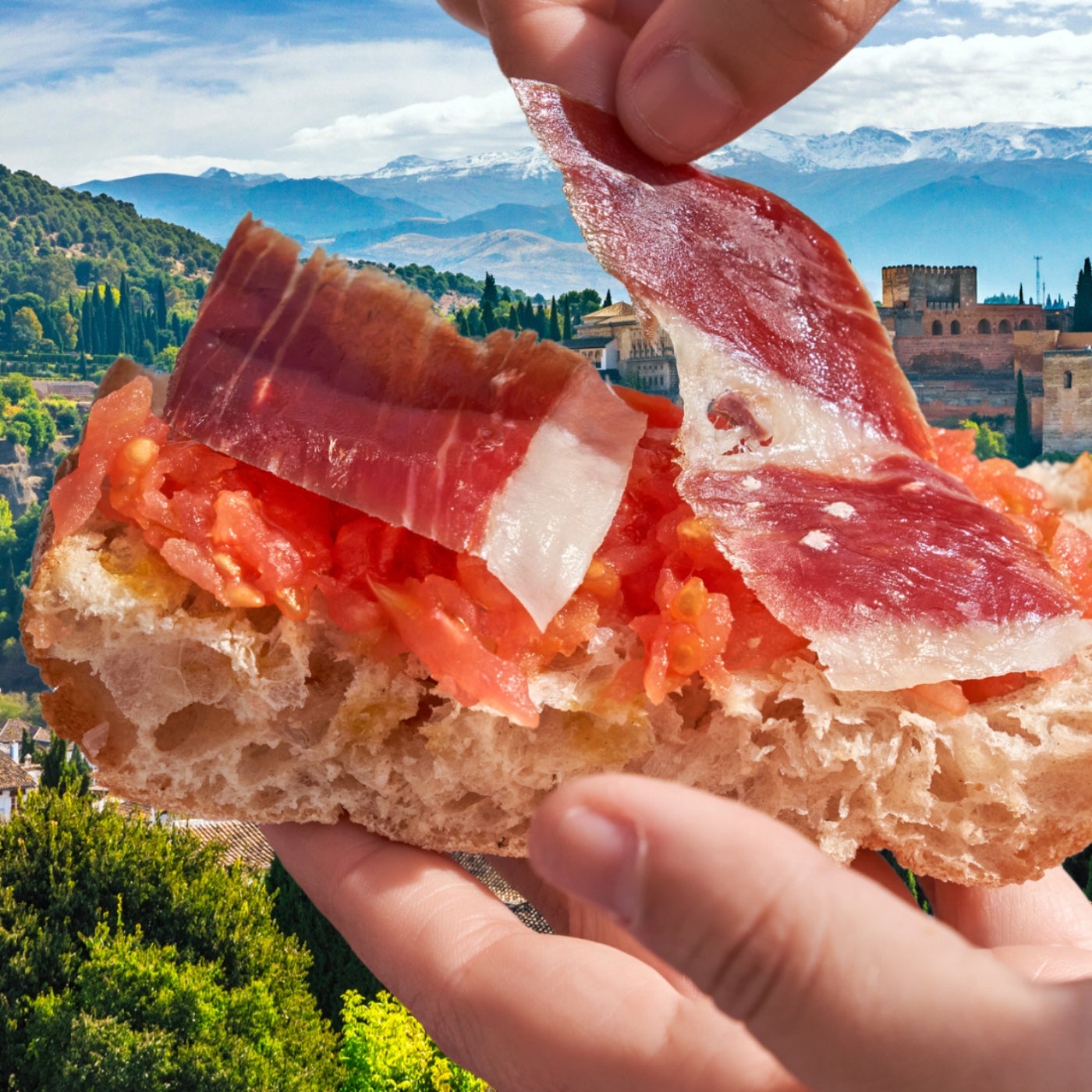One cloudy summer morning, my husband Carlos and I parked on the side of the road in Cantabria’s Valle de Pasiegos, a lush mountainous region off the northern coast of Spain. We were there to hike, but before heading out, I stopped in the roadside restaurant to use the restroom while my husband waited at the bar. When I came out, he gave me a very serious look. In the short time I was gone, five people had called to make lunch reservations. And that told us one thing: we should follow suit. But what about our schedule? What about the sandwiches I had packed? My hyper-efficient, sometimes inflexible brain went haywire. But, even the promise of ticking off my to-do list couldn’t keep me from a coveted reservation and the smells wafting from the kitchen.
I’m a hiker who appreciates a good on-the-go snack. Growing up, my family escaped Houston summers one week out of the year to hike in the crisp air of the Rockies. My mom would religiously pack trail mix to snack on along the way and peanut butter and honey sandwiches for us to eat at the peak of the mountain. At 18, I moved to Denver and would drive to the trailhead with my green smoothie and thermos of coffee in tow, packing granola bars and that same sandwich combo. While overlooking majestic views, I could eat and reconnect with nature, the fat from the peanut butter lubricating my knee joints for the descent.
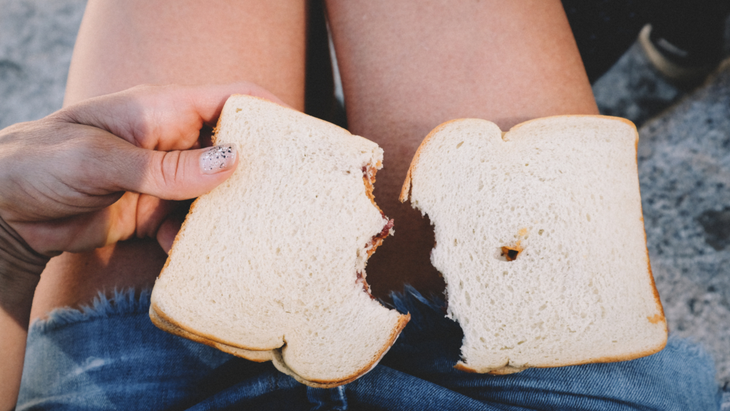
But if there’s one thing I’ve learned during my now six-year stint in Spain, it’s that the real peak here—that same mountaintop nourishment I long for—is often found at a restaurant in the middle of nowhere.
There was a great unlearning that happened when I moved to Spain, and unraveling my food and hiking routine was no exception. To start, taking food “to-go” is an uncommon concept in practically every part of Spanish food culture, meaning there are less intermittent snacks, no car meals, and my typical grab-smoothie-and-go breakfast routine was out of step with local rhythms. For example, breakfast in Andalusia—the most southern autonomous community where I live—is always a cured Iberian ham, tomato, and olive-oil-laden toast washed down with a scalding hot cafe con leche. This breakfast deliciousness is frequently enjoyed outside the home, or, in the hiking scenario, at a dingy roadside diner attached to a gas station. But old habits die hard, and the number of times my husband and I eat breakfast at home before heading out for a morning hike and still end up with oil-slicked fingers and extra caffeine pumping through our veins, is uncanny. Obviously, I blame him.
The entire experience of lunch in Spain is different too. It is by far the biggest meal of the day, usually eaten around 2 or 3 p.m., and is long and languid. Kiddos get out of school just before lunchtime and many families often eat at home together. This long-held tradition plays a role in how lunch fits into other activities, like hiking.
If lunch is eaten on trail, which is rare unless you’re on a long, remote route, it’s usually a mediocre bocadillo: a dense sub with a few slices of low-grade salami or a can of tuna if you’re lucky. Thrown together at home or purchased from a small grocery store, “A bocadillo seems to be the one and only answer to food on the go,” says my friend and avid hiker Hayley Salvo, an American with 16 years of Spanish living under her belt. “No other options exist.” (Note that the meaty garlic smell tends to waft out of your backpack and interrupt the fresh outdoor air.) Hence my insistence on packing my very American but very reliable PB&H sandwiches—and why most day hikers make a reservation at a restaurant in town instead.
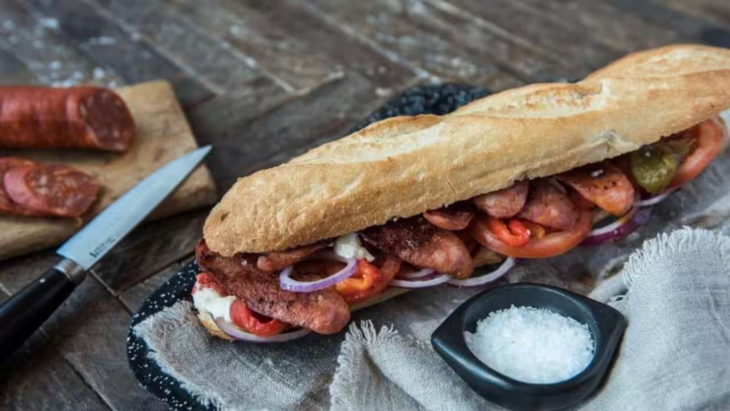
Avid outdoorsman and leader of excursions at , Luis Andrade, explains that the typical afternoon meal, even after a hike, is a way to relax and connect with people and the local culture. As a child, he and his family would occasionally bring bocadillos for remote full-day hikes, but “in the majority of cases, we ended up eating at a restaurant or bar in one of the towns near the route.” Another friend, French-born Sophie Picard, who belongs to a local hiking club composed of Andalusians, says even if they do eat on trail, there’s always a mandatory beer or wine stop before heading home. Or if the hike is long enough, they’ll end with an early dinner.
Take the Camino de Santiago for example, Spain’s most celebrated pilgrimage through the north of the country. When I hiked the St. James’s Way, as it’s called in English, my crew and I got started as early as 5 a.m. and walked for a few miserable, uncaffeinated hours until the small village cafes opened. As an avid coffee drinker, I initially couldn’t believe we were going to trek so far without caffeine, let alone without some kind of granola bar breakfast to hold us over. Instead, we eventually sat, gratefully fueled ourselves with coffee and a pastry or toast, and continued on until we finished the day’s work.
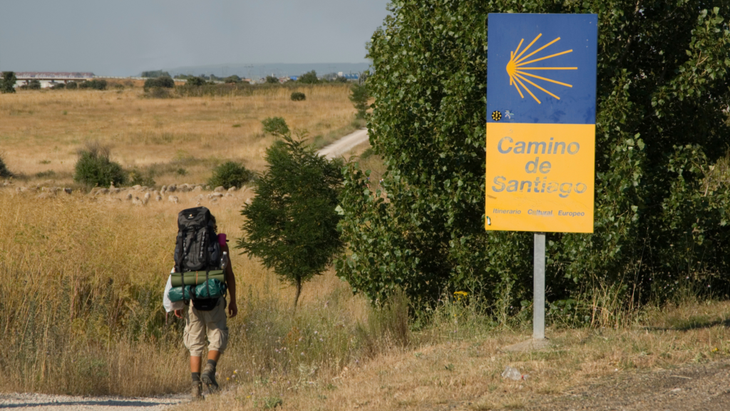
Admittedly, after walking three hours in the dark with a pack, I was more than willing to omit the on-the-go-breakfast and sit down to eat and give my knees a rest. The goal was always to make it to the next destination before a hearty three-course pilgrim feast. “The routes on the most famous hiking trail in the whole country are all centered on ensuring you finish your day with a long lunch and still have time to rest and relax afterwards,” says Salvo. “Even now, I don’t want my hike to go past lunchtime. One of the greatest joys of hiking in Spain is eating in rural villages.”
Since those first no-snack treks where I just couldn’t wait to get to the cafe, I’ve learned to be flexible—or put another way, less American and more Spanish. Now, I look forward to the roadside breakfast stop, despite its inefficiency. When the trail is occasionally long and remote, I’ve learned to make my own bocadillo—which has graduated to fire-roasted peppers, sheep’s milk cheese, and cured Iberian ������������ó�� on sourdough. I’ve learned not to complain when our group doesn’t reach the peak because we’re running late for our lunch reservation. And I’ve learned to savor sun-kissed restaurant patios where we happily tuck into generous fireside portions of Iberian steak and bottles of red wine because, in Spain, wine post hike is both common and recommended.
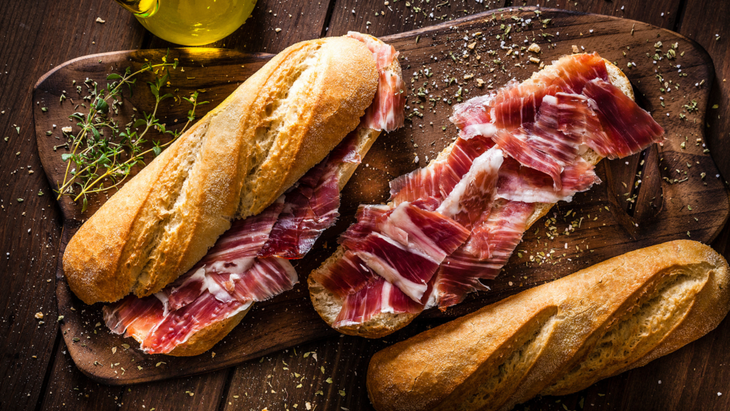
Part of me still misses regularly lunching in the woods. There’s something about eating on the ground and settling into the rocks and dirt that makes me feel more human, so occasionally I still make it happen. But I’ve also discovered the value in sitting down for a proper meal with the people we love most. And if that means we’re nursing our tired muscles with a mysterious anise-laced liqueur made by the restaurant owner’s cousin, well, then we’re really getting to know a place—its food, its culture, and its people.
Looking out from the cozy restaurant dining room over the mystical Cantabrian valley we had just explored, I confirmed to Carlos that we had made the right decision. We ordered the braised goat with crispy potatoes and a fresh salad. We dove into a local pasiego stew loaded with creamy white beans, hearty greens, rich pork trimmings, and a spicy pickled guindilla chile; it warmed us from the inside out. At that moment, I was definitely not thinking about peanut butter and honey sandwiches.


